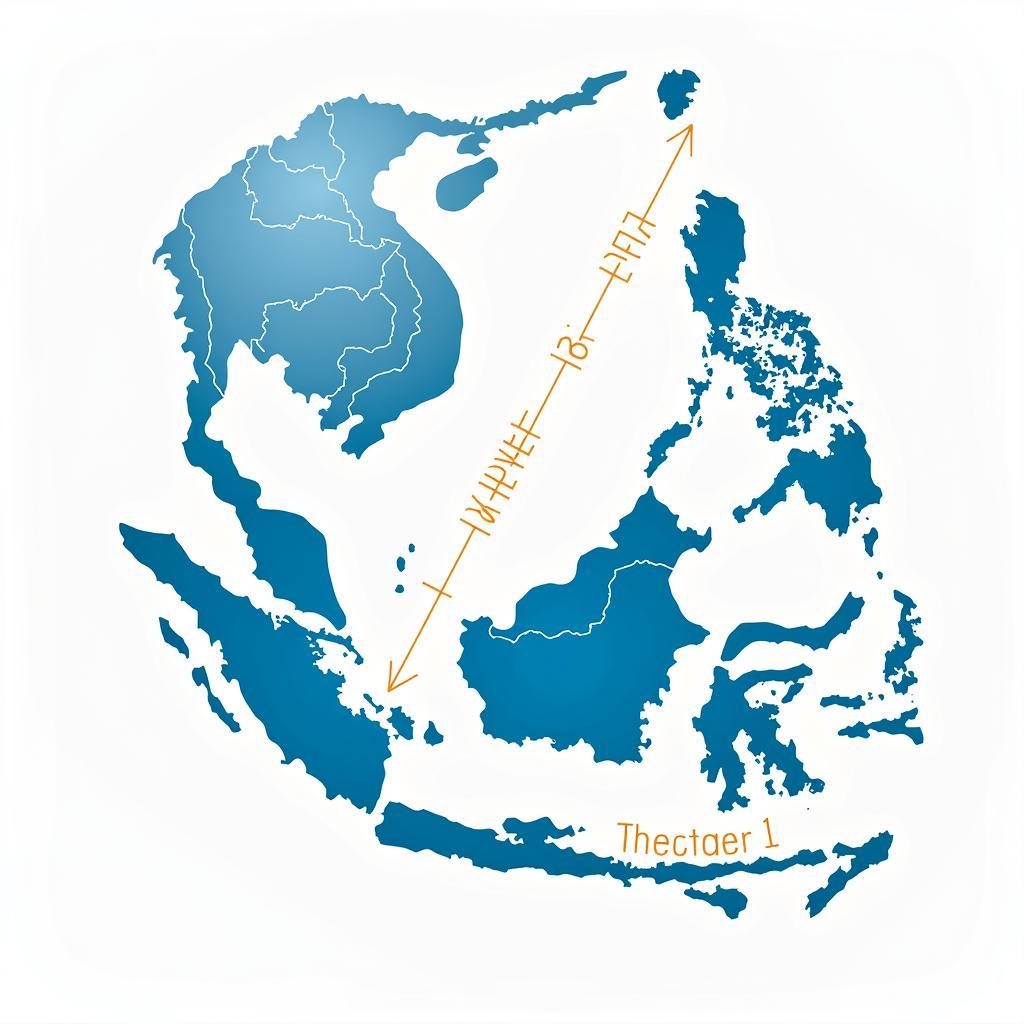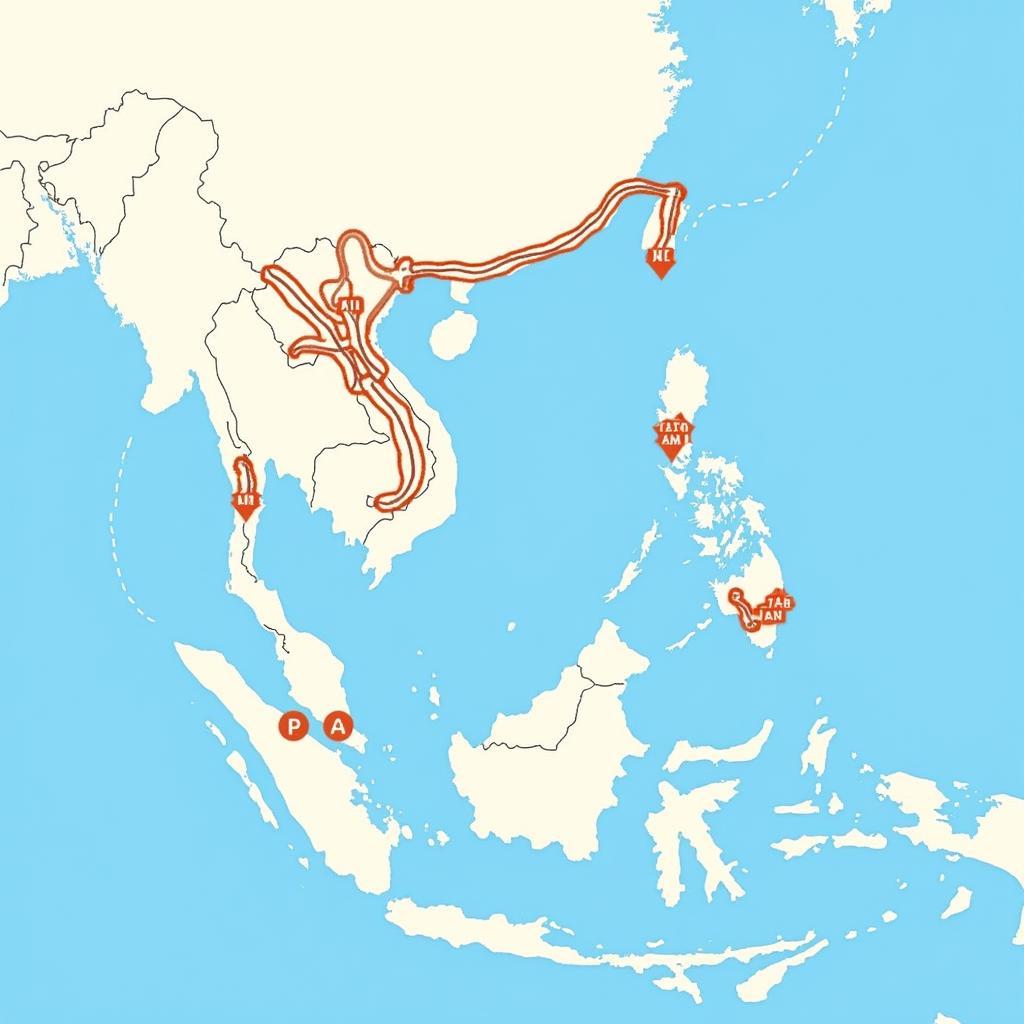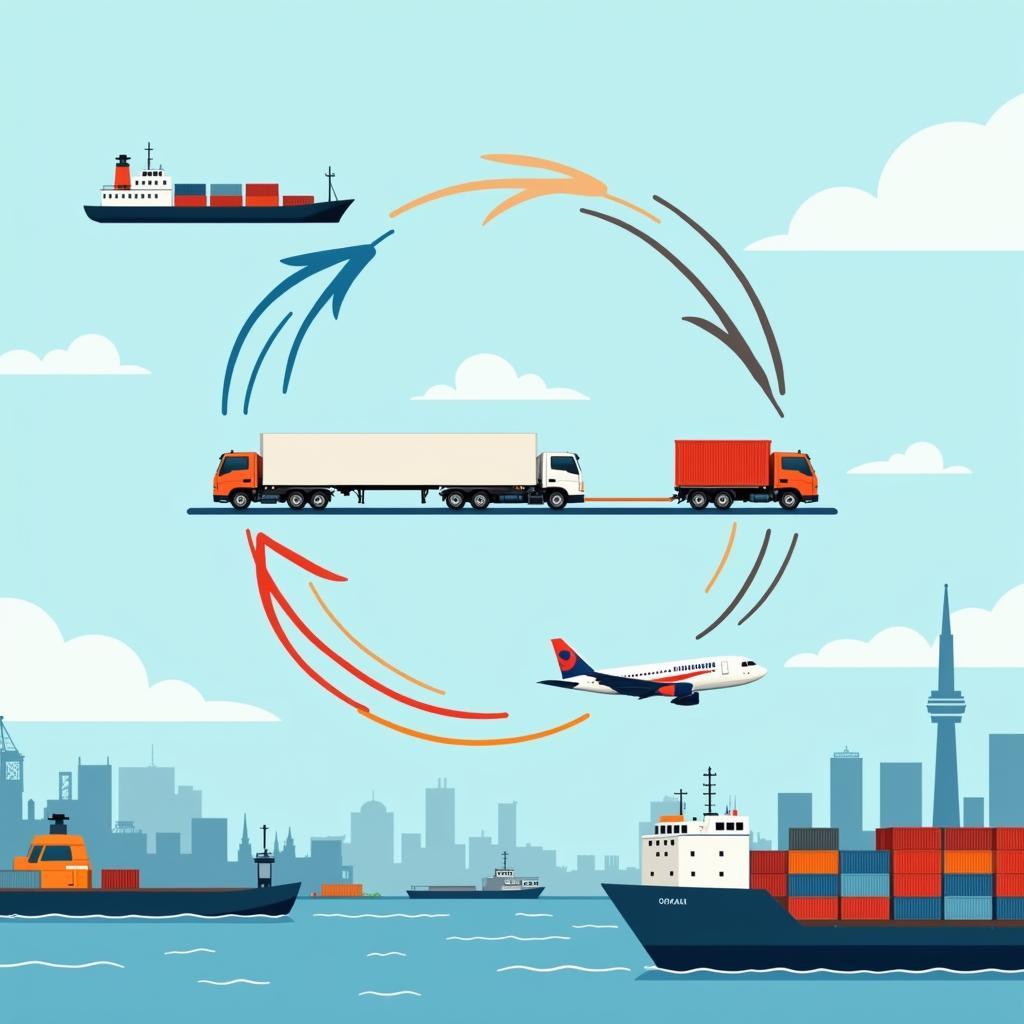The Association of Southeast Asian Nations (ASEAN) has become a dynamic force in the global landscape, driven by a spirit of collaboration and a shared vision for a prosperous future. At the heart of this journey lie ASEAN projects, initiatives designed to foster economic integration, enhance connectivity, and promote sustainable development across the region.
 ASEAN Economic Integration
ASEAN Economic Integration
Unpacking the Essence of ASEAN Projects
ASEAN projects encompass a diverse range of sectors, from trade and infrastructure to education, culture, and disaster management. These initiatives are built on the foundation of consensus-based decision-making, ensuring that all member states have a voice in shaping the regional agenda. By pooling resources, sharing expertise, and working together, ASEAN countries aim to overcome challenges, seize opportunities, and create a more integrated and resilient Southeast Asia.
One of the key characteristics of ASEAN projects is their focus on inclusivity and equitable growth. Initiatives are tailored to address the specific needs and priorities of each member state, ensuring that no one is left behind. This commitment to leaving no one behind is central to ASEAN’s vision of a “people-oriented, people-centered” community.
 ASEAN Connectivity and Infrastructure Development
ASEAN Connectivity and Infrastructure Development
The Multifaceted Impact of ASEAN Projects
ASEAN projects have yielded tangible benefits, transforming the socioeconomic landscape of Southeast Asia. The region has witnessed remarkable economic growth, emerging as a major hub for trade, investment, and tourism. The implementation of the ASEAN Free Trade Area (AFTA) has led to a surge in intra-regional trade, while initiatives like the Master Plan on ASEAN Connectivity (MPAC) are enhancing physical, digital, and people-to-people connectivity.
Beyond economic gains, ASEAN projects have also contributed to social progress and human development. Collaborative efforts in education and healthcare are improving access to quality services, while initiatives promoting cultural exchange are fostering a sense of shared identity and understanding among ASEAN citizens.
Navigating the Challenges of ASEAN Projects
While ASEAN projects have made significant strides, challenges remain in ensuring effective implementation and maximizing their impact. Coordinating efforts across ten diverse nations with varying levels of development can be complex.
 ASEAN Collaboration for Sustainable Development
ASEAN Collaboration for Sustainable Development
Conclusion: ASEAN Projects – Shaping a Shared Future
ASEAN projects stand as a testament to the power of regional cooperation. By embracing a spirit of partnership and working towards common goals, ASEAN countries are creating a brighter future for their citizens and establishing Southeast Asia as a vibrant and influential force on the global stage. As ASEAN continues to evolve, these projects will play a pivotal role in navigating new challenges and harnessing emerging opportunities, paving the way for a more integrated, prosperous, and sustainable region.
FAQs about ASEAN Projects
-
What are the key sectors targeted by ASEAN projects? ASEAN projects span a wide range of sectors, including trade, investment, infrastructure, connectivity, education, health, culture, tourism, and disaster management.
-
How are ASEAN projects funded? Funding for ASEAN projects comes from various sources, including contributions from member states, dialogue partners, international organizations, and the private sector.
-
How can I get involved in ASEAN projects? Opportunities to participate in ASEAN projects vary depending on your area of expertise and interest. You can explore the websites of ASEAN sectoral bodies, dialogue partners, and international organizations for information on current projects and initiatives.
-
What is the role of the ASEAN Secretariat in project implementation? The ASEAN Secretariat plays a crucial role in facilitating the implementation of ASEAN projects by providing technical assistance, coordinating among member states, and monitoring progress.
-
How do ASEAN projects contribute to regional integration? ASEAN projects foster regional integration by promoting economic cooperation, enhancing connectivity, facilitating the free flow of goods, services, and people, and strengthening people-to-people ties.
Need further assistance?
For any inquiries or assistance regarding ASEAN projects, please contact us:
Phone: 0369020373
Email: aseanmediadirectory@gmail.com
Address: Ngoc Lien Village, Hiep Hoa, Bac Giang, Vietnam.
Our dedicated customer support team is available 24/7 to assist you.
